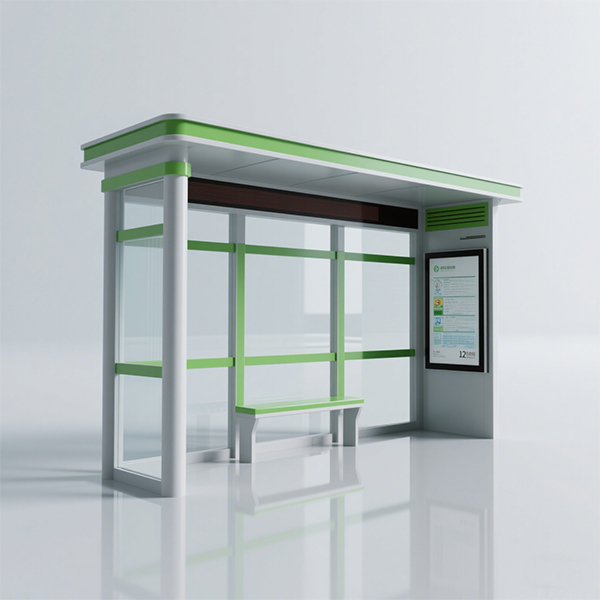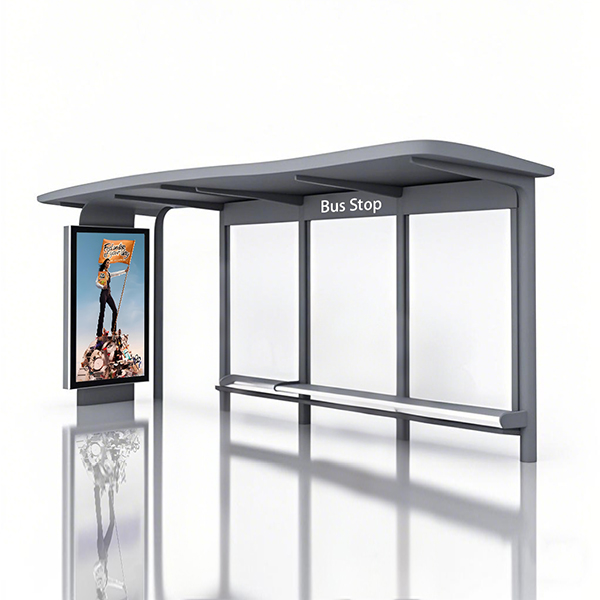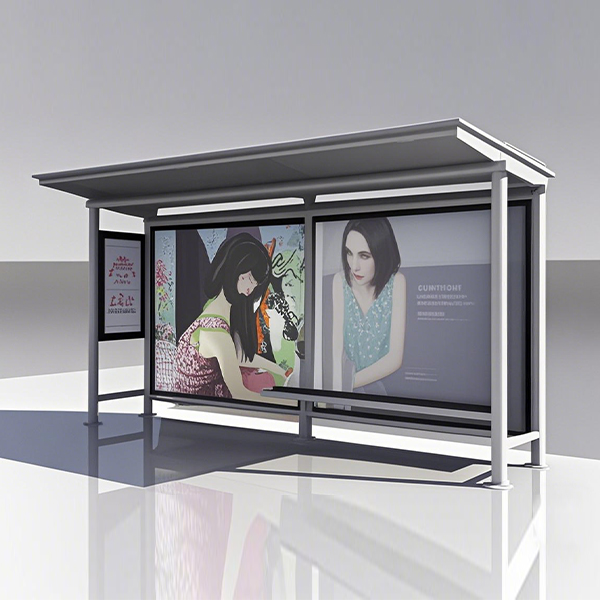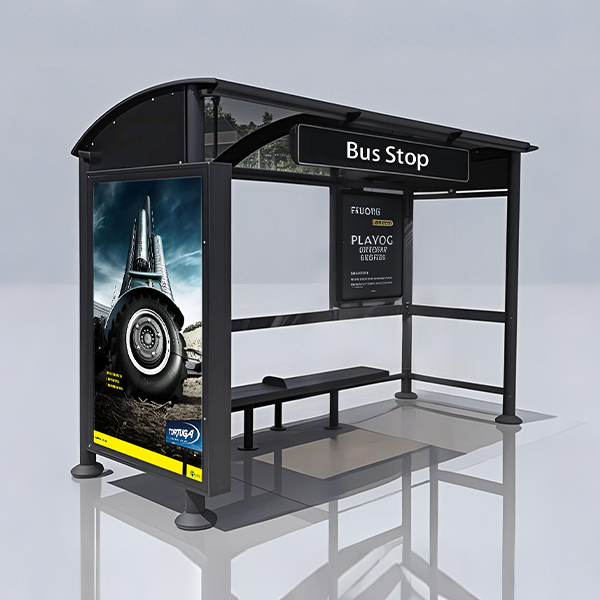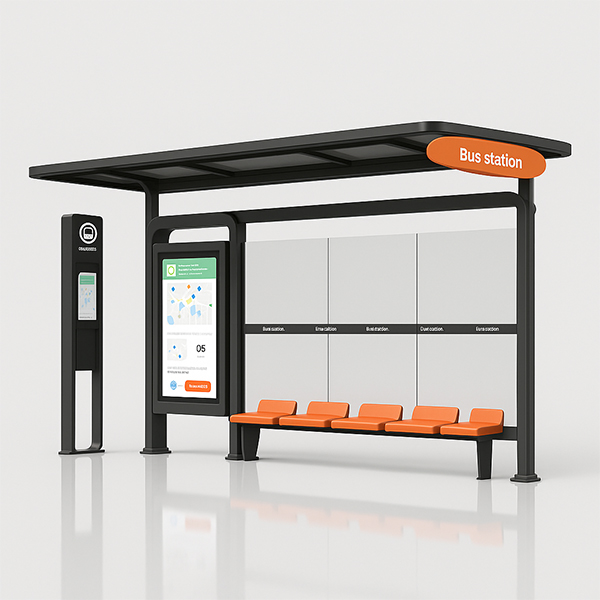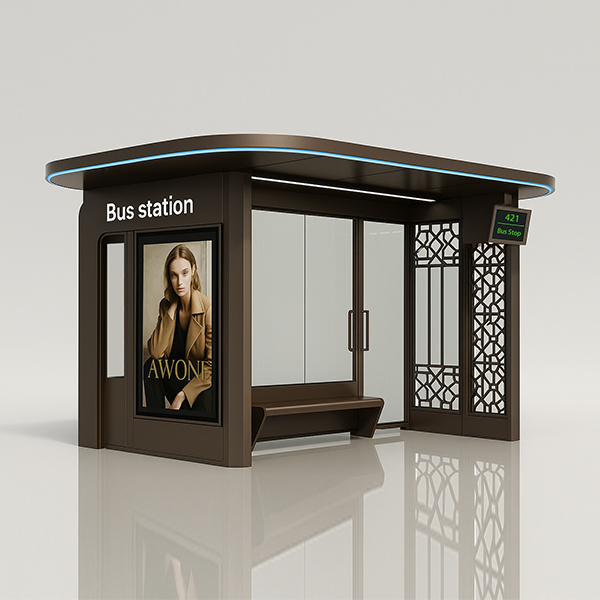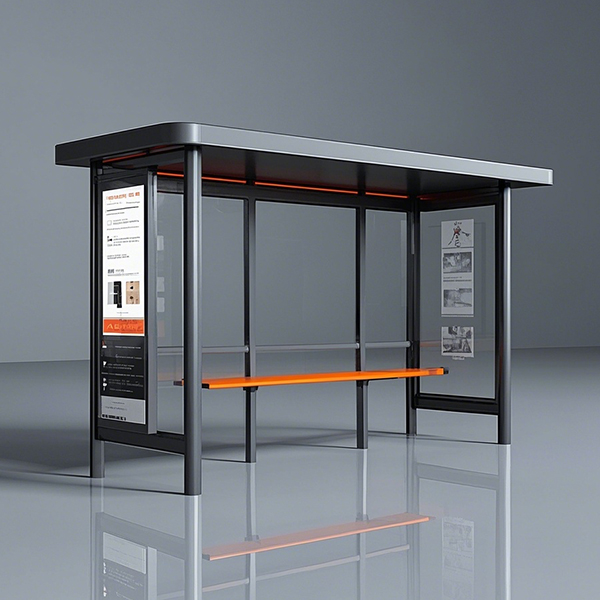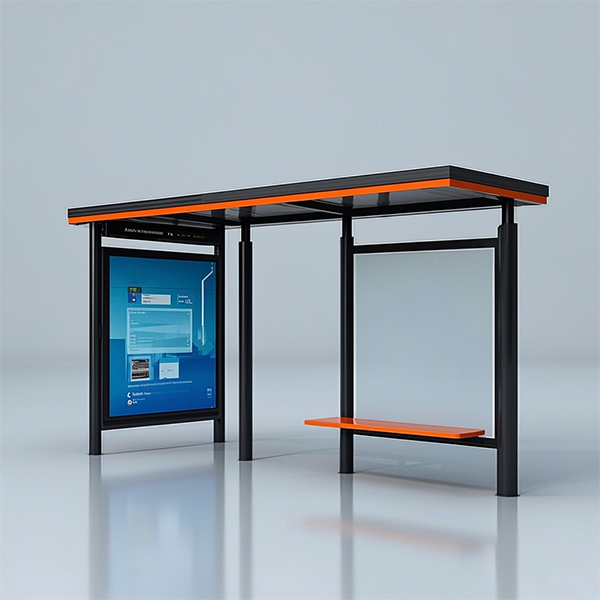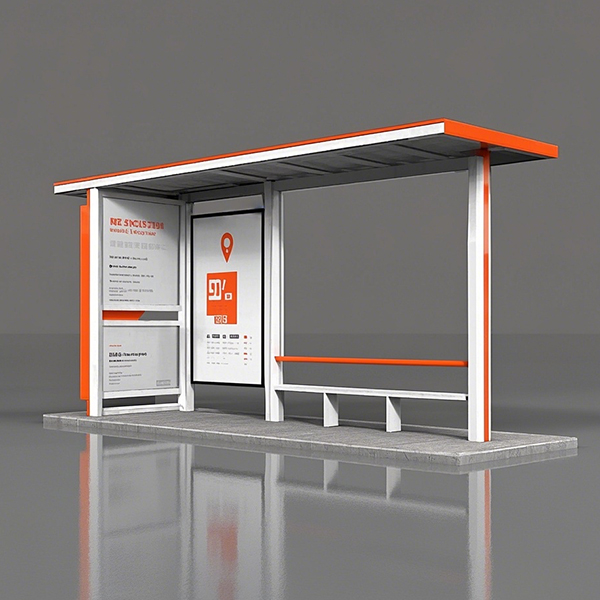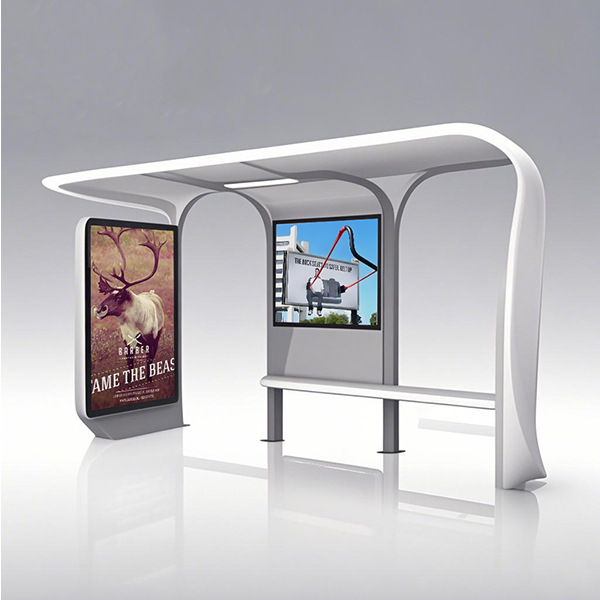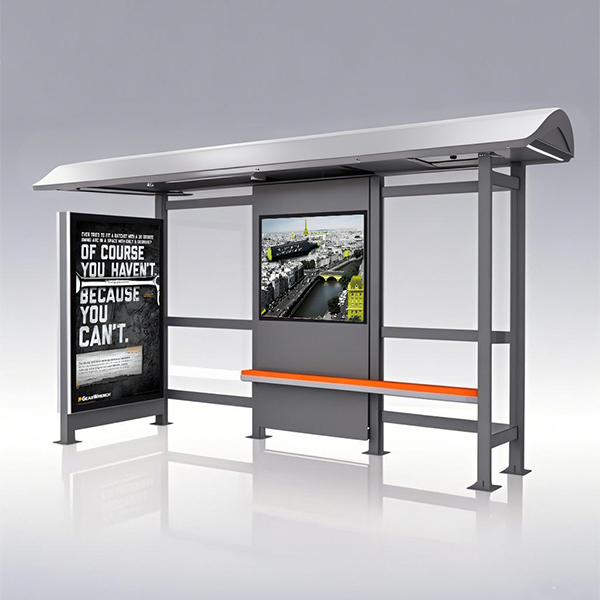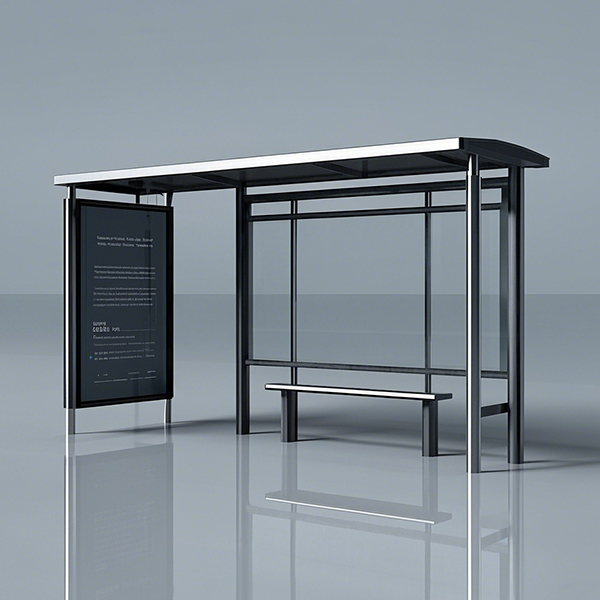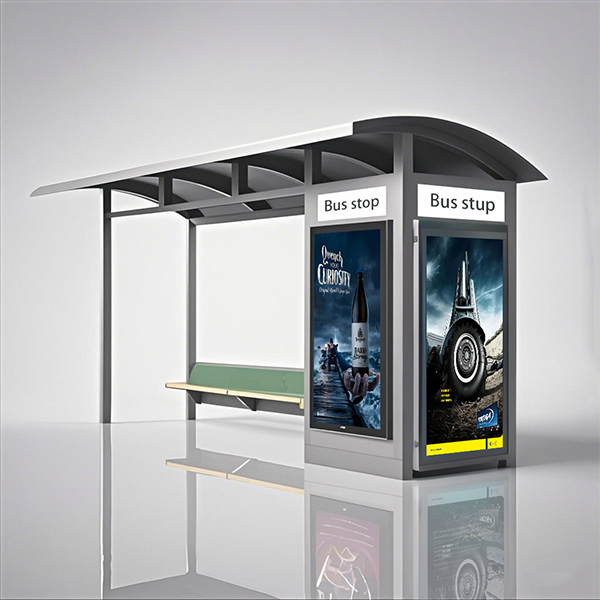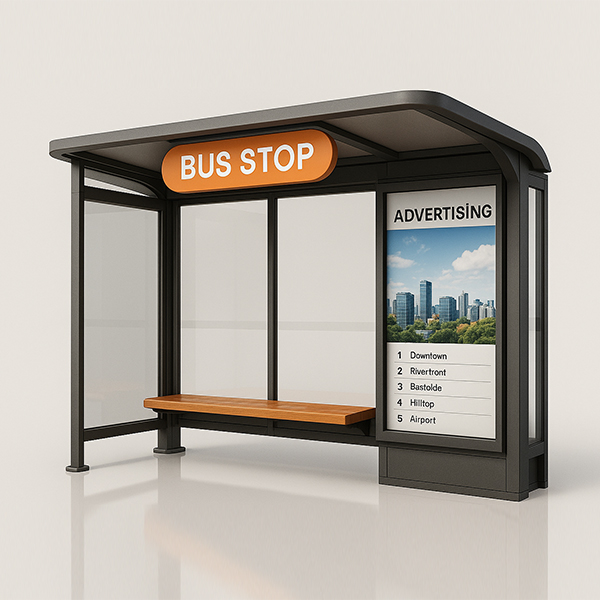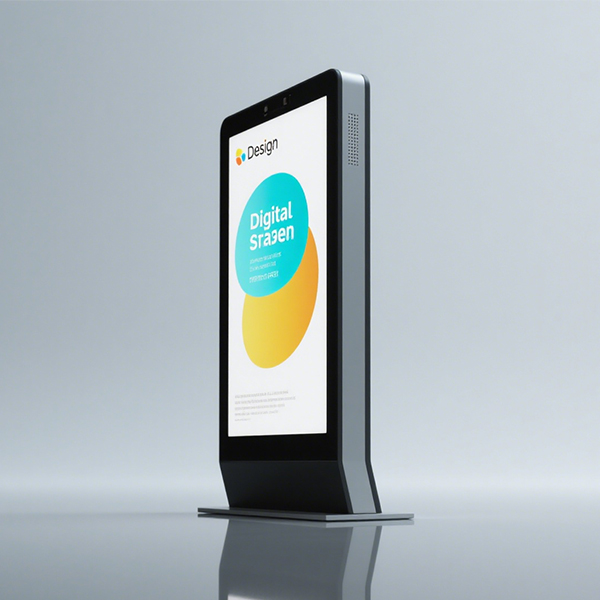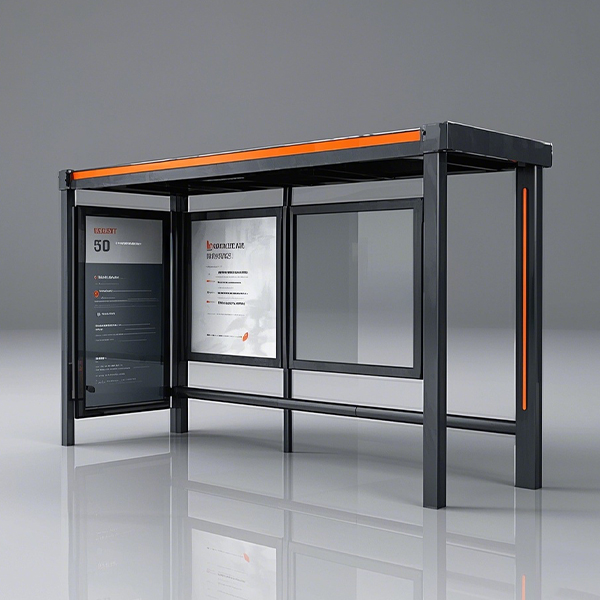
innovative bus shelter
For decades, the bus shelter has remained a largely unchanged fixture of the urban landscape. However, a new generation of innovative bus shelters is emerging, leveraging technology and design to create safer, more comfortable, and even more engaging public spaces. This isn't just about providing shelter from the elements; it's about enhancing the commuter experience and contributing to a more vibrant, sustainable city.
The Evolution of Design and Functionality
Beyond Shelter: Integrating Technology
Modern innovative bus shelters are incorporating a range of technological advancements. Real-time arrival information displayed on integrated screens is becoming standard, eliminating the guesswork for commuters. Some shelters even feature Wi-Fi hotspots, USB charging ports, and interactive digital signage displaying local news, advertisements, or even public service announcements. These features transform the wait time from a passive experience into an opportunity for engagement and connectivity.
Sustainability in Innovative Bus Shelter Design
Sustainability is a key consideration in contemporary bus shelter design. Many modern shelters utilize eco-friendly materials like recycled plastics or sustainably sourced timber. Solar panels integrated into the roof can power the integrated technology, reducing energy consumption and environmental impact. Green roofs and vertical gardens further enhance sustainability by improving air quality and reducing the urban heat island effect. Companies like Shandong Luyi Public Facilities Co., Ltd. (https://www.luyismart.com/) are at the forefront of this movement, offering a wide range of sustainable solutions for public spaces.
Enhanced Safety and Security
Safety is paramount. Improved lighting, clear sightlines, and the use of durable, vandal-resistant materials are essential features of innovative bus shelters. Some designs incorporate security cameras and emergency call buttons, enhancing passenger safety and providing a sense of security.
Case Studies: Examples of Innovative Bus Shelters in Action
Several cities worldwide are showcasing the potential of innovative bus shelters. For example, some European cities have implemented shelters with integrated solar panels and real-time information displays, resulting in a significant reduction in energy costs and improved passenger satisfaction. In contrast, certain North American cities are focusing on shelters with enhanced security features and integrated advertising, generating revenue for public transit systems.
| City | Key Features | Impact |
|---|---|---|
| Amsterdam | Solar powered, real-time information, integrated seating | Reduced energy consumption, improved passenger experience |
| London | Enhanced security features, digital advertising, USB charging | Increased passenger safety, revenue generation |
| New York City | Improved lighting, vandal-resistant materials, emergency call buttons | Enhanced safety, reduced maintenance costs |
The Future of Innovative Bus Shelters
The future of innovative bus shelters is likely to be even more integrated and intelligent. We can expect to see further advancements in technology, including augmented reality displays, personalized information delivery, and even integration with smart city infrastructure. The focus will continue to be on enhancing the passenger experience, improving sustainability, and creating safer, more welcoming public spaces. Companies like Shandong Luyi Public Facilities Co., Ltd. are playing a crucial role in shaping this future by providing cutting-edge innovative bus shelter solutions.
Disclaimer: This information is for general knowledge and informational purposes only, and does not constitute professional advice.
Соответствующая продукция
Соответствующая продукция







